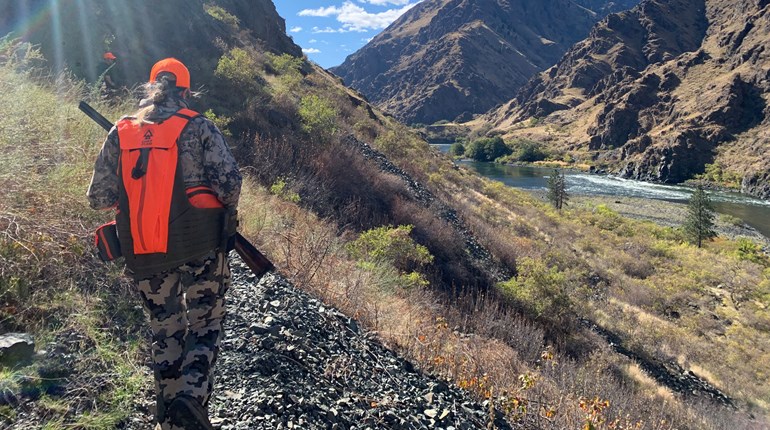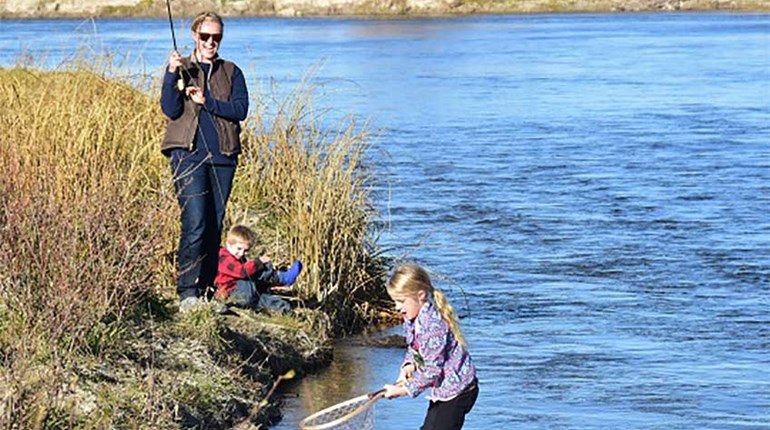
 If you’re mulling over a public-land turkey hunt this spring, of course you want to succeed in killing a gobbler, but safety should also be a concern. On bigger acreages, you can avoid company simply by hiking a couple miles off the nearest roadway. But in crowded conditions on smaller parcels near population centers, safety and success may seem iffy, and so many hunters avoid setting foot on public tracts. That’s okay if you’ve got private land access, but in many cases it would be a shame to sit out the season just because public ground is your only option.
If you’re mulling over a public-land turkey hunt this spring, of course you want to succeed in killing a gobbler, but safety should also be a concern. On bigger acreages, you can avoid company simply by hiking a couple miles off the nearest roadway. But in crowded conditions on smaller parcels near population centers, safety and success may seem iffy, and so many hunters avoid setting foot on public tracts. That’s okay if you’ve got private land access, but in many cases it would be a shame to sit out the season just because public ground is your only option.
I’ve straddled this fence much of my time as a turkey hunter. Along the way there were a couple of scary incidents, though most of my public-land frustration came from encountering other hunters at inopportune times. Even so I keep going back. Because there are more turkeys living on public hunting lands than ever before, I have developed a low-intensity approach that’s less risky and minimizes ill-timed encounters, yet gives me a fair chance to tag a tom. Here are four tips for combining safety and success.
• Set up safely
Always have abig tree or rocks at your back. Get where you can see as many approach lanes as possible, preferably an elevated spot, at a field edge, along a two-track or in a stand of mature hardwoods. If you spot another hunter coming your way, make verbal contact but avoid waving or any sudden movement.
• Don’t make the turkey gobble just for show.
It’s fun to pull fiery responses from a hot gobbler, but that doesn’t mean he’s coming, and after a handful of exchanges, his interest, or lack thereof, should be clear. Prolonged gobbling, however, will certainly draw attention of any other hunter within earshot. A better—safer—bet on busy public lands is to pipe down once you know he’s got you pegged. At that point, more time and the bird’s inclination are the deciding factors, not more calling.
• Move less.
It’s counterintuitive and kinda boring to sit tight like you’re on a deer stand, but it sure does work if you pick the right spot. That’s the product of scouting and patience. Often as not, early-morning loudmouths will walk off—probably following hens—only to return later to where they heard calling. And by later, that can mean hours later. Last spring I hunted southwestern Pennsylvania with local turkey slayer Mike Weber who routinely employs this strategy. Mike will dig in for the duration, as canny as any predator I’ve even seen. And routinely kills turkeys with the waiting game.
• Advance in stages on gobbling turkeys.
Stop and listen often, calling only when you need another gobble to keep your bearings. Listen for hen calling too, and try to discern if it might be another hunter. Once you get reasonably close (200 yards or less), find a safe spot to set up. If a gobbler’s in the mood he’ll come, but it can take time, so be patient and call sparingly.





































